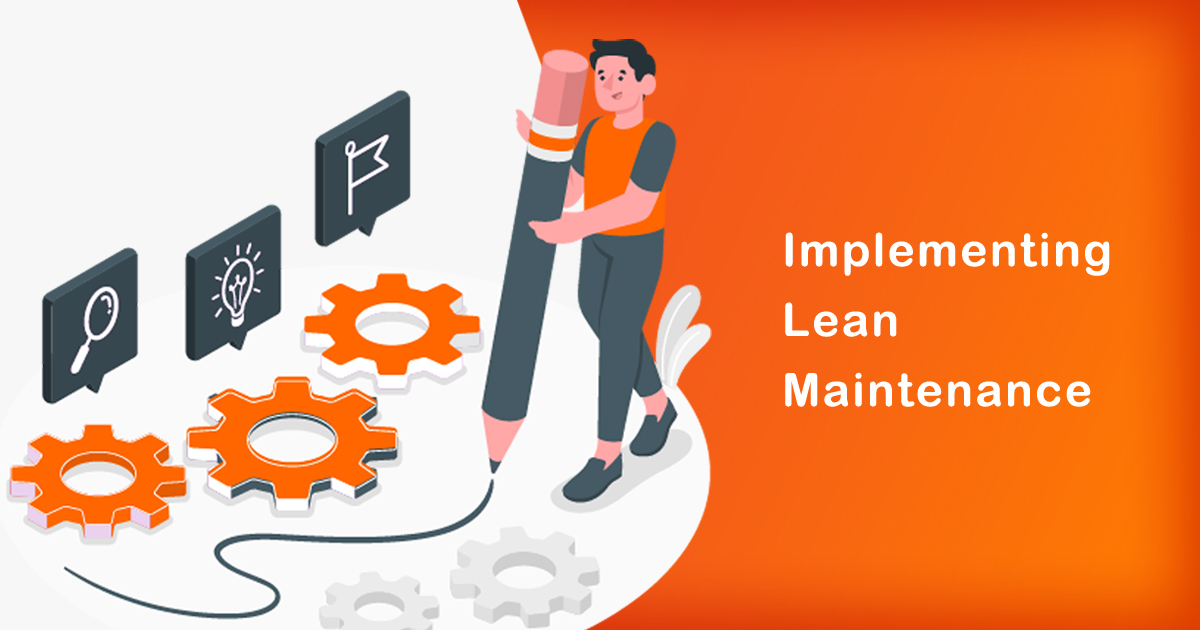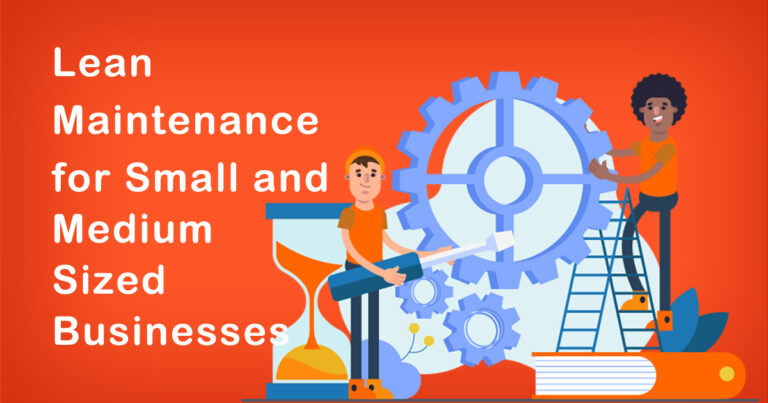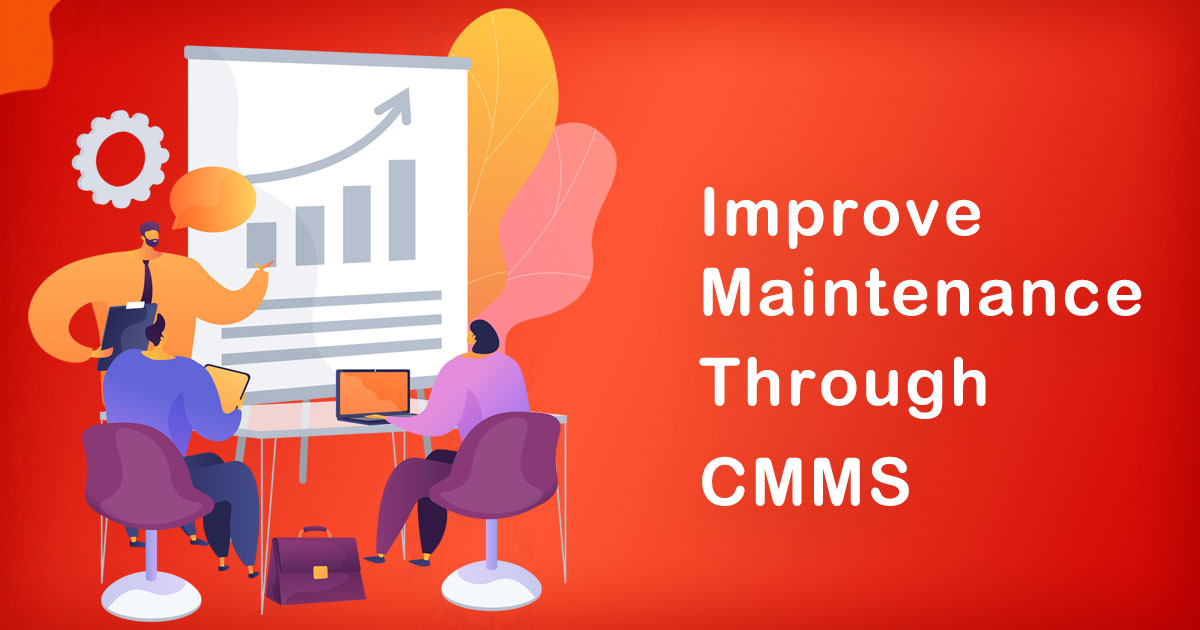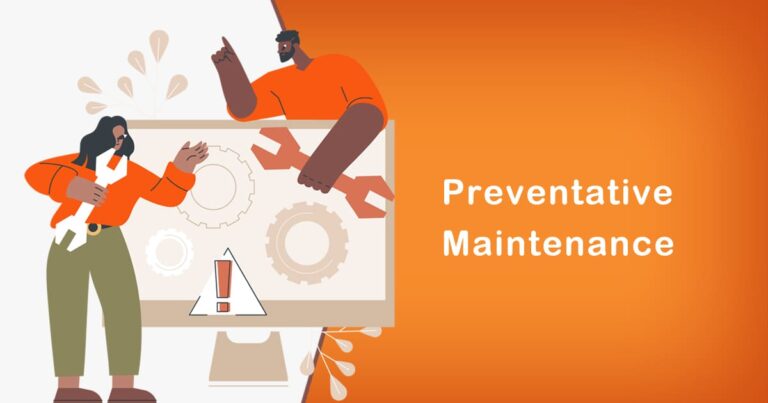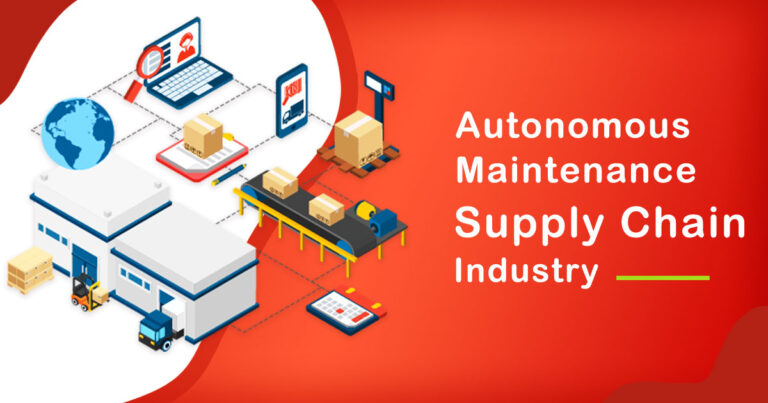Maintenance is an essential aspect of any manufacturing process, and it is crucial for businesses to keep their equipment running smoothly to achieve maximum productivity. In the past, maintenance was often viewed as a necessary evil, an expensive and time-consuming process that took away from production. However, with the advent of Lean Maintenance, this perspective has changed.
Lean Maintenance is an approach to maintenance that focuses on eliminating waste, reducing downtime, and increasing efficiency. It is a proactive approach that emphasizes preventative maintenance, rather than reactive maintenance, and strives to eliminate the root causes of problems rather than just treating the symptoms. In this blog, we will explore some tips and strategies for implementing Lean Maintenance in an Indian context.
Understanding the Benefits of Lean Maintenance
Before diving into the tips and strategies for implementing Lean Maintenance, it is essential to understand the benefits of this approach. According to a study by the Aberdeen Group, companies that adopt Lean Maintenance can experience a 20% to 30% reduction in maintenance costs and a 15% to 20% increase in asset availability. Additionally, Lean Maintenance can help companies improve their overall equipment effectiveness (OEE) by reducing downtime and increasing production efficiency.
The Benefits of Lean Maintenance don’t just stop at improving productivity, there are environmental benefits too. Lean Maintenance can help companies reduce their environmental footprint by reducing energy consumption, waste generation, and water usage. This can lead to improved sustainability and a more positive impact on the environment.
Tips and Strategies for Implementing Lean Maintenance
1. Develop a Maintenance Strategy
The first step in implementing Lean Maintenance is to develop a maintenance strategy. This strategy should outline the goals of the maintenance program, the types of maintenance activities that will be performed, and the frequency of those activities. It should also include a plan for tracking and analyzing data to identify areas of improvement and establish a baseline for performance.
2. Prioritize Preventative Maintenance
Preventative Maintenance is the cornerstone of Lean Maintenance, and it is essential to prioritize this type of maintenance to achieve maximum efficiency. This means creating a schedule for routine maintenance activities, such as lubrication, cleaning, and inspection. Preventative Maintenance can help identify potential issues before they become major problems, reducing downtime and maintenance costs.
3. Use Data to Drive Improvement
Data is critical in Lean Maintenance, as it can help identify areas of improvement and measure performance. This means tracking data related to equipment performance, maintenance activities, and downtime. By analyzing this data, companies can identify trends and patterns, and make informed decisions about where to focus improvement efforts.
4. Implement Standardized Work
Standardized work is essential in Lean Maintenance, as it helps ensure consistency and eliminates variability. This means creating standard operating procedures (SOPs) for maintenance activities, and ensuring that everyone involved in the maintenance process understands and follows these procedures. Standardized work can help improve efficiency, reduce errors, and ensure that maintenance activities are performed consistently.
5. Foster a Culture of Continuous Improvement
Finally, it is essential to foster a culture of continuous improvement to ensure the ongoing success of Lean Maintenance. This means encouraging employees to identify areas for improvement, providing training and support for improvement initiatives, and celebrating successes. By creating a culture of continuous improvement, companies can ensure that they are always striving to improve and adapt to changing circumstances.
Conclusion
Implementing Lean Maintenance is not an easy task, but the benefits are well worth the effort. By prioritizing preventative maintenance, using data to drive improvement, implementing standardized work, and fostering a culture of continuous improvement, companies can achieve maximum efficiency and productivity, while also reducing costs and improving sustainability. With these tips and strategies in mind, companies can successfully implement Lean Maintenance in an Indian context and reap the benefits of this approach to maintenance.


